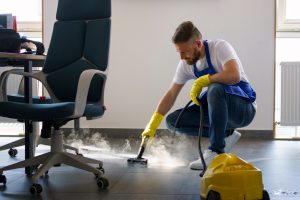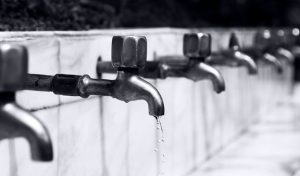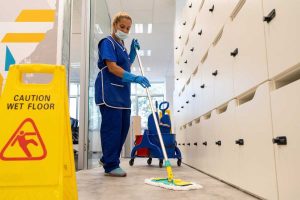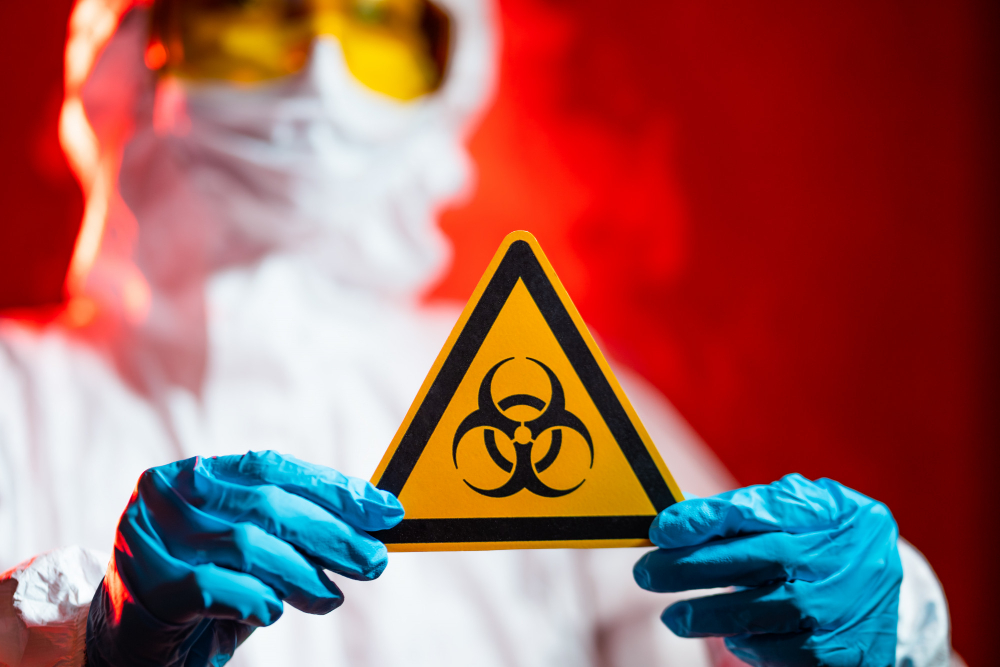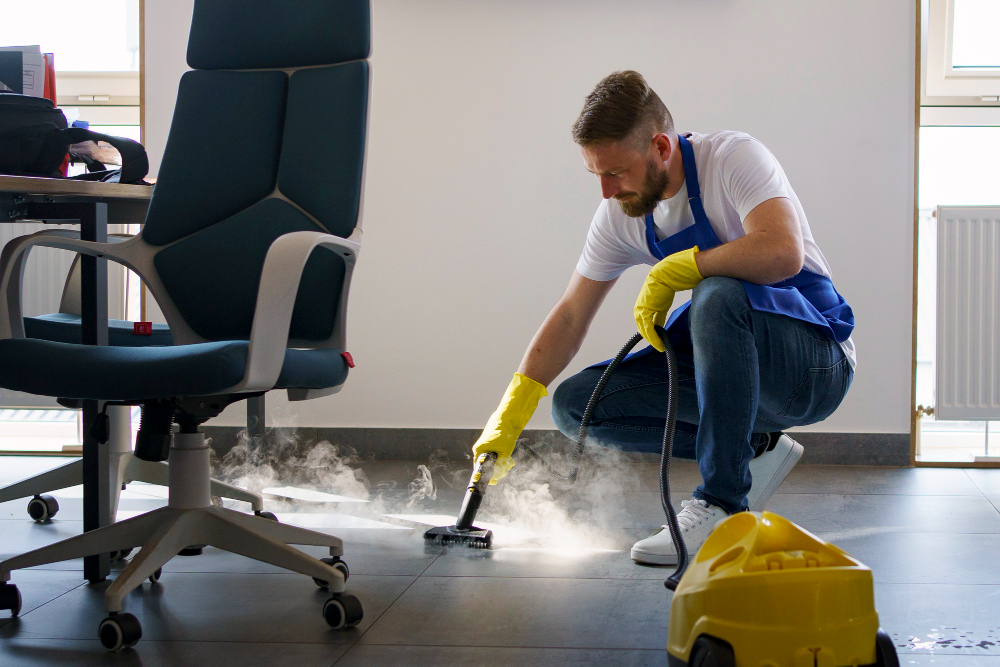A variety of industries require cleanrooms including biomedical, pharmaceutical, technology and data centers. Cleanliness is so important that there are particular standards rooms need to meet, and failure to meet ISO Level standards has serious consequences, such as fines, pause in operations, and loss of ISO classification. Keep reading to learn more about ISO-level classifications and meeting Level 1 classification standards.
What Are Cleanroom Classifications?
Cleanroom classifications refer to the cleanliness standards according to the International Organization for Standardization (ISO). ISO 14644-1:2015 specifies the classification of air cleanliness in terms of concentration of airborne particles in cleanrooms and clean zones. A cleanroom has a controlled level of contamination that is specified by the number of particles per cubic meter at a specified particle size. As a reference, typical outside air in a city environment contains 35,000,000 particles per cubic meter that are 0.5 micron and larger in diameter. This level of clean air corresponds to an ISO Class 9 cleanroom–toward the lowest level of cleanroom standards.
There are different ISO classes ranging from ISO Class 1 to ISO Class 9. ISO Class 1 has the least amount of contamination of the smallest particle size and ISO 9 is the “dirtiest” classification, which is typical room air. Check out this blog for a detailed table about ISO specifications.
Because the ISO Class 1 standards are strict, there are only a few cleanrooms at this level that exist in the world. Example industries that require ISO Class 1 cleanrooms include life sciences and electronics that require nanotechnology or ultra-fine particulate processing. ISO Class 7 and Class 8 are the most common. Example industries for ISO Class 7 and 8 standards include medical and food companies in order to avoid contamination of their product. Biopharmaceutical companies have stricter standards and use cleanrooms up to Class 5.
ISO Compliance
You might be curious how the contamination levels get measured in the cleanroom. They’re taken after the cleanroom gets completed, after the equipment is moved into the room, and then also when the cleanroom is in use. In addition, cleanrooms require mandatory testing every six months.
An important piece of ISO Clean 1 cleanroom is the rigorous air filtration. They have HEPA filters that remove the particulates in the air down to sub-micron sizes. The standard High-Efficiency Particulate Air (HEPA) filter will scrub air down to 0.3 microns at an efficiency of 99.975%. The filters circulate the air in the room, which is typically about 500 to 750 air changes an hour. ISO Class 1 compliance is less than 12 particles below 0.3 microns. To put this into perspective, a strand of human hair is around 75 microns across. After all, our human eyes can only see particles larger than 10 microns.
Another important piece for ISO cleanroom airflow performance is the fan filter modules (FFMs), which are units that supply clean air to cleanrooms. The more FFMs there are in the cleanroom, the better the ISO classification. For example, FFMs cover approximately 5-15% of an ISO Class 8 cleanroom requirements for ceilings. An ISO Class 7 cleanroom requires 15-25% ceiling coverage and covering 25-40% of the ceiling changes the room to an ISO 6 Class.
Have Questions?
Please reach out if you have questions about cleanroom commercial cleaning, which is called TrueClean at Joncowest.




